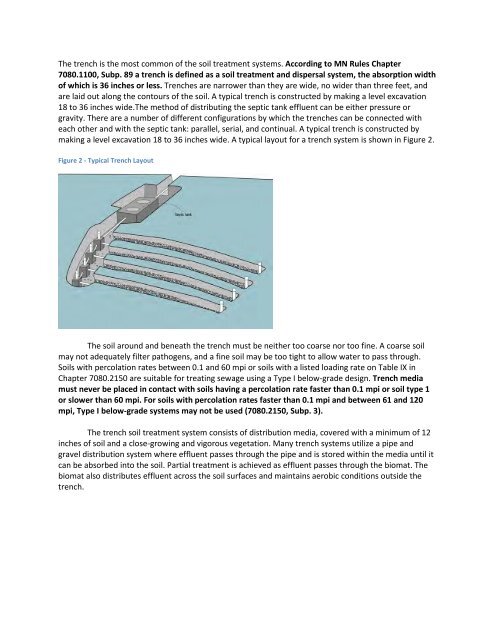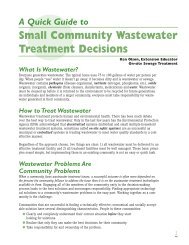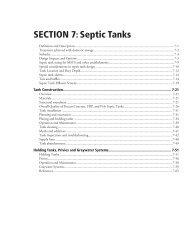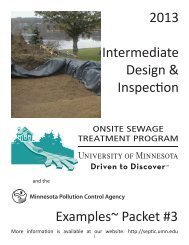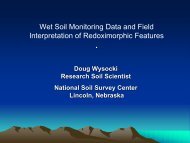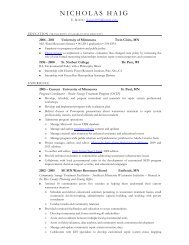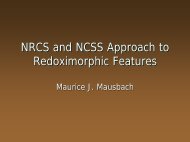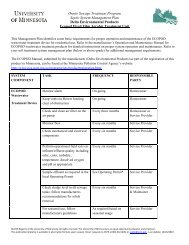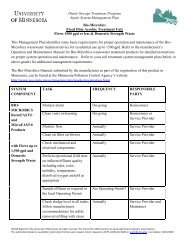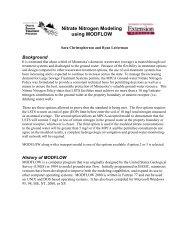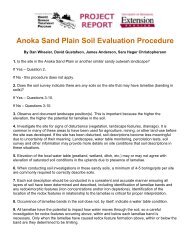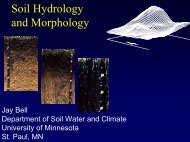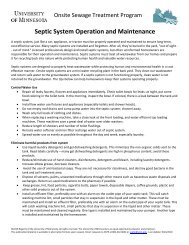Community Assessment Report - Onsite Sewage Treatment ...
Community Assessment Report - Onsite Sewage Treatment ...
Community Assessment Report - Onsite Sewage Treatment ...
Create successful ePaper yourself
Turn your PDF publications into a flip-book with our unique Google optimized e-Paper software.
The trench is the most common of the soil treatment systems. According to MN Rules Chapter7080.1100, Subp. 89 a trench is defined as a soil treatment and dispersal system, the absorption widthof which is 36 inches or less. Trenches are narrower than they are wide, no wider than three feet, andare laid out along the contours of the soil. A typical trench is constructed by making a level excavation18 to 36 inches wide.The method of distributing the septic tank effluent can be either pressure orgravity. There are a number of different configurations by which the trenches can be connected witheach other and with the septic tank: parallel, serial, and continual. A typical trench is constructed bymaking a level excavation 18 to 36 inches wide. A typical layout for a trench system is shown in Figure 2.Figure 2 - Typical Trench LayoutThe soil around and beneath the trench must be neither too coarse nor too fine. A coarse soilmay not adequately filter pathogens, and a fine soil may be too tight to allow water to pass through.Soils with percolation rates between 0.1 and 60 mpi or soils with a listed loading rate on Table IX inChapter 7080.2150 are suitable for treating sewage using a Type I below-grade design. Trench mediamust never be placed in contact with soils having a percolation rate faster than 0.1 mpi or soil type 1or slower than 60 mpi. For soils with percolation rates faster than 0.1 mpi and between 61 and 120mpi, Type I below-grade systems may not be used (7080.2150, Subp. 3).The trench soil treatment system consists of distribution media, covered with a minimum of 12inches of soil and a close-growing and vigorous vegetation. Many trench systems utilize a pipe andgravel distribution system where effluent passes through the pipe and is stored within the media until itcan be absorbed into the soil. Partial treatment is achieved as effluent passes through the biomat. Thebiomat also distributes effluent across the soil surfaces and maintains aerobic conditions outside thetrench.


